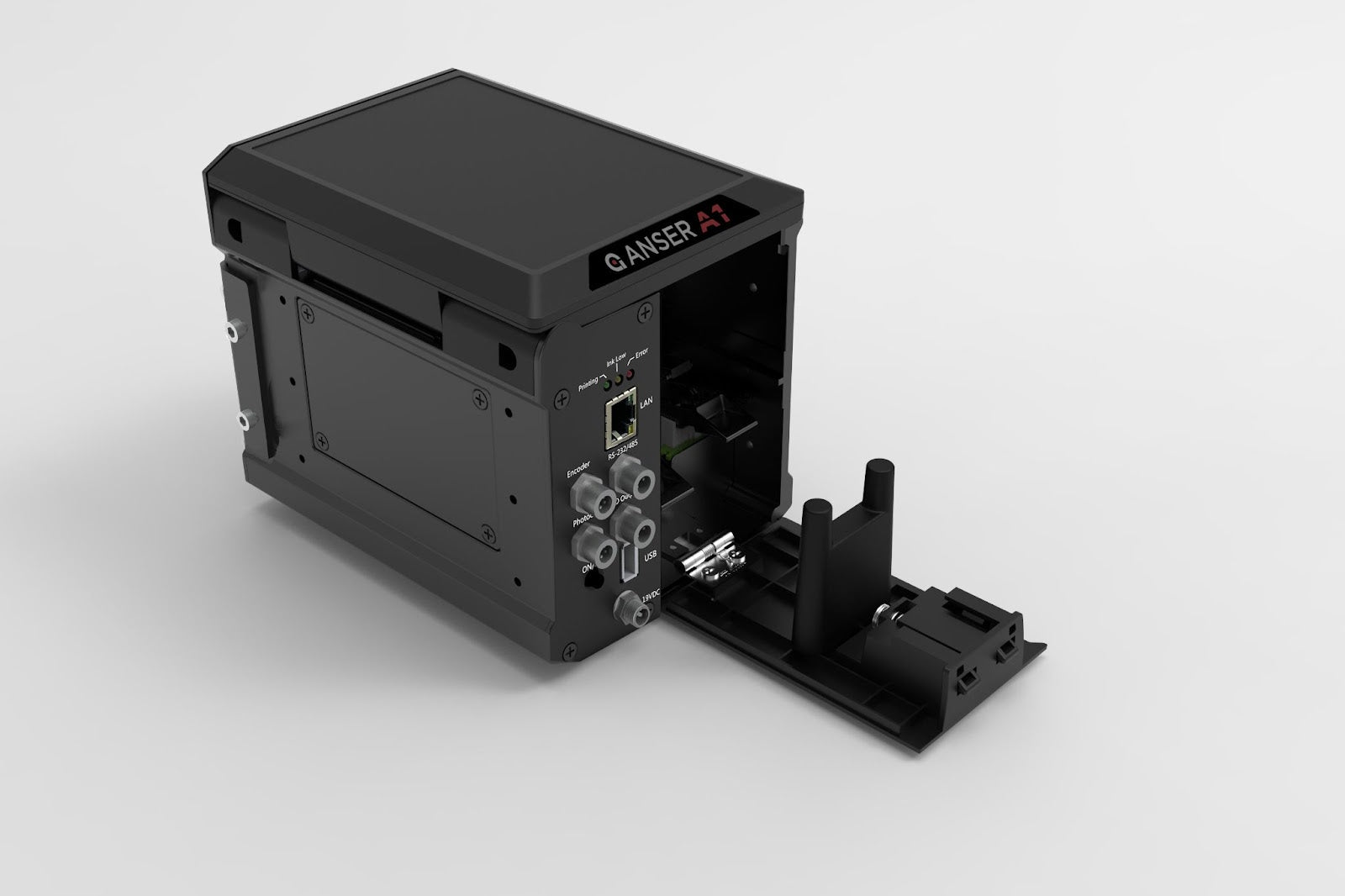How To Place Lot Codes on Food Packaging
Throughout the food industry, traceability is a top concern. Foodborne illnesses and other product safety issues constantly threaten consumer health, and companies in all industries need to be prepared for emergency recalls. To keep consumers safe and aid product recalls, businesses throughout the food industry are often required to put lot codes on food products.
Frequently required by federal regulations, state laws, and distribution network policies, lot codes commonly appear on everything from meat packages to egg cartons to pre-packaged snacks and frozen foods. Other codes that often appear on food packaging include:
- Batch codes
- Date codes
- Expiration dates
-
Barcodes/data matrices
When placing lot codes on food packaging, it’s essential that companies use marking solutions that are:
- Compatible with their packaging materials
- Able to withstand environmental hazards like high humidity and extreme temperatures
-
Fast and accurate enough to satisfy output requirements
Below, we take a look at the different equipment options available today and how food operations can use them to achieve code compliance.
Lot Codes on Food Packaging Solutions
InkJet, Inc. carries numerous printer models and laser systems to meet lot coding requirements for food packaging. Our systems offer industrial outer protections, fast coding speeds, consistent accuracy, and intuitive controls.
Industrial food packaging facilities are demanding work facilities. Depending on the size of an operation, it isn’t uncommon for a facility to package tens of thousands of food products every day. Food packaging groups must use marking solutions designed to meet their unique needs to satisfy output demands and avoid periods of profit-draining downtime.
In a field as diverse as industrial food packaging, coding requirements naturally vary from company to company. Factors like packaging materials, facility environment, and line configurations all influence marking success, and it’s essential that businesses account for these elements when selecting a marking solution.
This table lists our various food package coding systems and their general specifications. Additional information on each machine can be located further below. Click the title in the table’s leftmost column to jump to a specific solution.
Continuous Inkjet Printers: DuraCode Touchscreen, Keyboard, and Pigment
Continuous inkjet (CIJ) printers are non-contact production line printing systems designed to mark substrates moving at 300 m/min and above. Built with powerful ink circulation systems, CIJ printers can operate up to 24 hours daily without downtime. The speed, wide ink compatibility, and versatile printheads of CIJ printers enable users to mark thousands of products daily with long-lasting, highly legible codes.
InkJet, Inc. meets diverse coding needs by maintaining a comprehensive CIJ ink catalog with dozens of food packaging-compatible formulas. We have produced ink for over 30 years and carry numerous formulas with special properties, including:
- Superior substrate adhesion
- Quick dry times on wet bottles
- Anti-transfer properties
- Rub resistance
- Alcohol resistance
- Heat resistance
- Extreme temperature resistance
- Caustic wash compatibility
- Condensation penetration
- Soft and hard pigmentation
With these options, InkJet, Inc. can provide you with a printer/ink combo that suits your line setup, meets output demands, and accounts for challenging facility conditions.
See the chart below for a closer look at the DuraCode models’ most important specifications.
Laser Marking Solutions: Fiber, CO2, and UV Laser Models
Laser marking systems are perfect for companies that require high coding speeds, reliable accuracy, and exceptional code appearance. High-output operations frequently use laser systems to meet demanding quotas, minimize coding errors, and enhance their products’ visual appeal. As laser marking machines have become more affordable, they have become increasingly popular with smaller-scale companies.
Laser systems are more expensive than printers but do not use any consumables. Moreover, they have minimal maintenance needs and do not require annual servicing. Depending on your output needs, these factors can make laser marking more cost-effective than printing.
InkJet, Inc.’s F8100C CO2 Laser Marking Machine offers the following benefits:
- Marking speeds up to 2000 characters/sec.
- 24/7 uninterrupted coding
- Reliable ingress protections
- Long laser tube life
- Enhanced high-resolution mark quality
- Plug-and-play laser module for easy line replacement
- User-friendly control panel via computer or smartphone app
See the chart below for a closer look into our laser systems’ most important specifications.
Thermal Inkjet Printers: Anser U2, A1, and X1 Models
Thermal inkjet (TIJ) printers are smaller, lighter, and more cost-effective than CIJ systems. While CIJ systems typically weigh around 100 lbs and can cost about $10,000, most TIJ models weigh 5-10 lbs and cost as low as $1,499.00.
Although thermal inkjet systems are compact and lightweight, they offer impressive coding specifications. For example, the Anser U2 Smart can create 400 x 300 DPI codes up to 0.5” tall (1” tall with the Anser U2 SmartOne). Higher-end TIJs like the Anser X1 can create 600 x 600 DPI codes up to 2” tall with stitched printheads.
TIJ printers are often designed for slower speed lines and intermittent coding tasks, but some TIJ models also offer high-speed capabilities. InkJet, Inc. carries numerous glass-compatible TIJ printers of varying specialties and price points. Our current options include:
See the chart below for a closer look into how our TIJ options compare to one another:
Want To Upgrade Your Food Marking Process? Call InkJet, Inc. Today To Find a New Coding Solution
Regardless of whether you run a small business or a major food packaging facility, a reliable product marking solution is an essential asset. At InkJet, Inc., we carry an array of coding hardware and software to fit the needs of different businesses and line setups. Call us today to learn which solution will work best for your operation.
For more information on how to place lot codes on food packaging, contact InkJet, Inc. online today or call 1(800) 280-3245.






